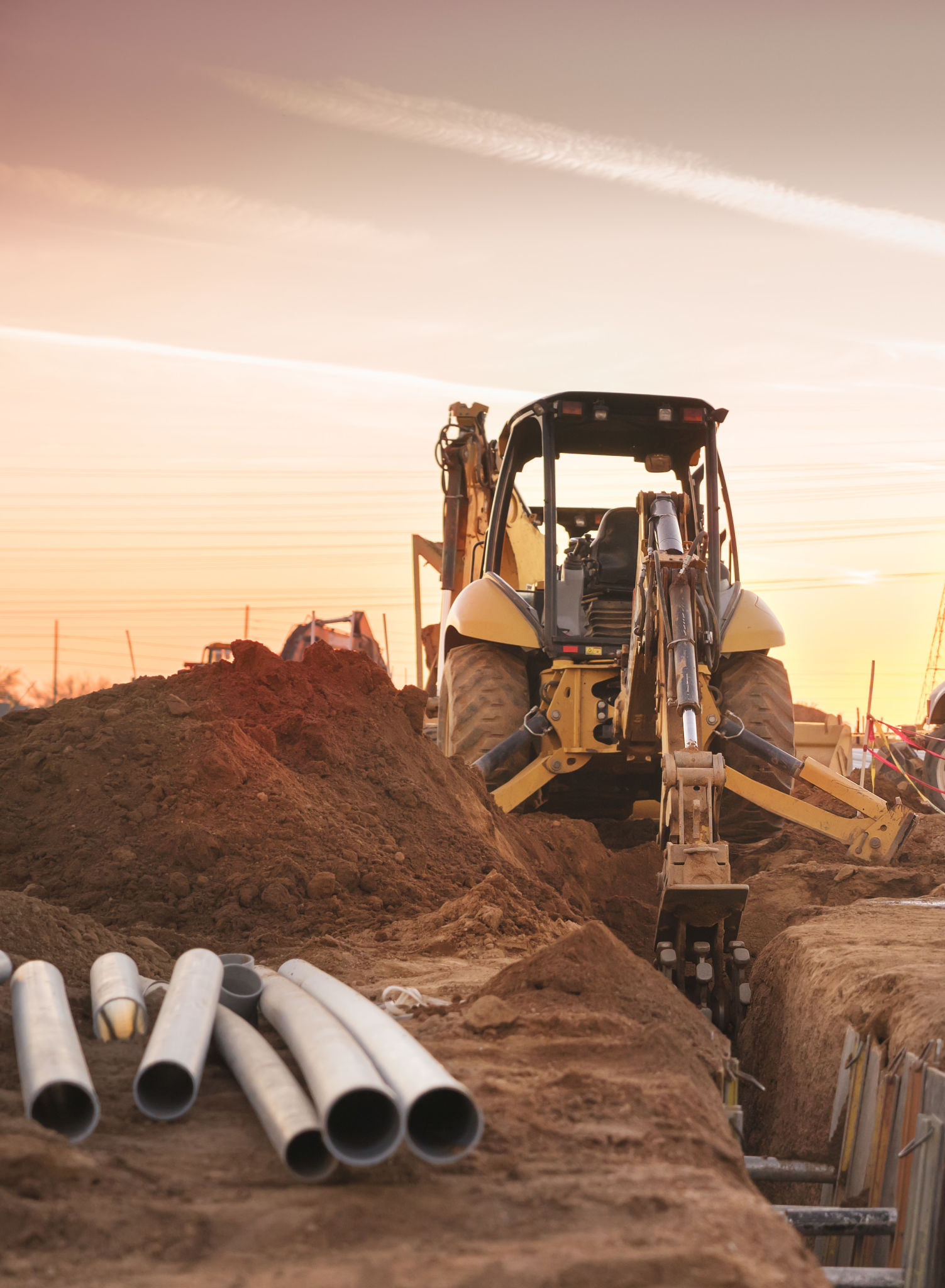Comparing Piping Solutions: Eco-Friendly vs Traditional Materials
Understanding Piping Materials
In the world of construction and plumbing, selecting the right piping materials is crucial for ensuring durability, cost-effectiveness, and environmental sustainability. Over the years, both eco-friendly and traditional materials have been used extensively, each offering unique benefits and drawbacks. This post aims to provide a comprehensive comparison of these two categories to help you make an informed decision.
Traditional materials such as copper, steel, and PVC have been the mainstay in piping solutions for decades. These materials are known for their durability and reliability in various applications. However, with an increasing focus on environmental impact and sustainability, eco-friendly alternatives are gaining traction.

The Pros and Cons of Traditional Materials
Traditional piping materials have long been favored for their robustness and well-documented performance. Copper pipes, for instance, are resistant to corrosion and have a long lifespan. Steel pipes are known for their strength, making them ideal for high-pressure applications.
However, these materials also come with significant drawbacks. The production of copper and steel is energy-intensive and results in substantial carbon emissions. Additionally, PVC, while inexpensive and versatile, can release harmful chemicals into the environment over time.
Cost Considerations
From a cost perspective, traditional materials often require a larger initial investment due to their material costs and installation requirements. However, their long-term durability can offset these expenses over time.

Exploring Eco-Friendly Alternatives
Eco-friendly piping solutions are designed with sustainability in mind. Materials such as cross-linked polyethylene (PEX), high-density polyethylene (HDPE), and recycled plastic offer reduced environmental impact compared to traditional options.
PEX, for example, is flexible, easy to install, and requires less energy to produce. HDPE pipes have a long lifespan and are resistant to corrosion and chemical damage. Moreover, using recycled plastic not only reduces waste but also minimizes the carbon footprint associated with new material production.
Environmental Impact
The environmental benefits of eco-friendly materials are significant. By choosing these alternatives, you contribute to reducing the overall carbon emissions associated with construction projects. Additionally, many eco-friendly materials are recyclable at the end of their life cycle, further promoting sustainability.

Making the Right Choice
When deciding between traditional and eco-friendly piping materials, it's essential to consider various factors such as budget, project requirements, and environmental impact. While traditional materials may offer reliability and familiarity, eco-friendly options present a more sustainable choice for the future.
Evaluating the specific needs of your project can help determine the most suitable material. For instance, if reducing environmental impact is a priority, investing in eco-friendly solutions may be the best course of action.
Future Trends in Piping Solutions
The trend towards sustainability in construction is expected to continue growing. Innovations in material science are likely to produce even more efficient and environmentally friendly piping solutions in the coming years.
As the focus on green building practices increases, both consumers and industry professionals must stay informed about emerging technologies and materials that can contribute to a more sustainable future.